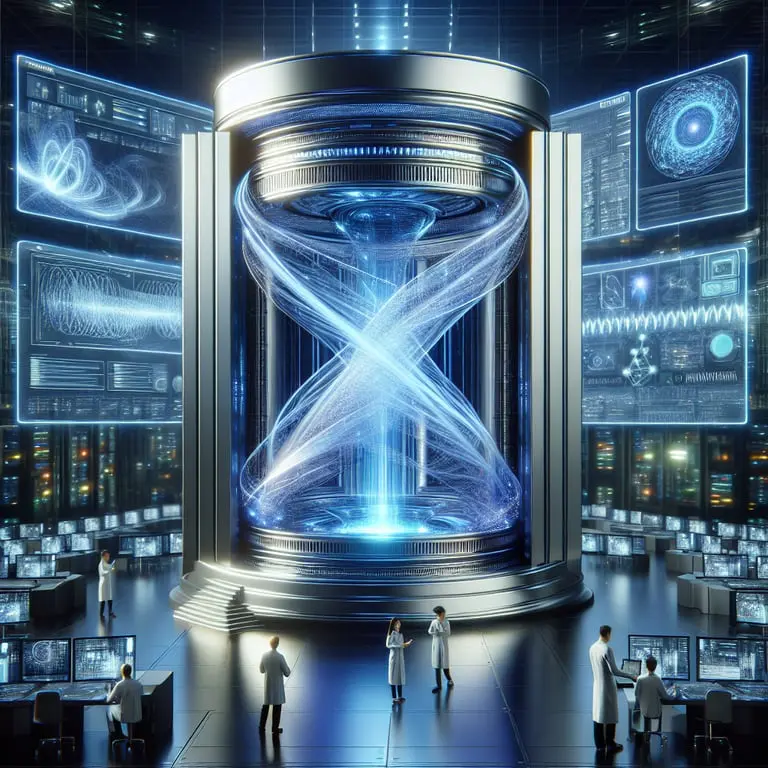Dell and NVIDIA-built Doudna supercomputer to propel US scientific discovery
In a major step toward advancing American scientific and technological leadership, the U.S. Department of Energy (DOE) has announced the development of its next flagship high-performance computing system: the Doudna supercomputer. Slated for deployment in 2026 at the National Energy Research Scientific Computing Center (NERSC) at Lawrence Berkeley National Laboratory, Doudna is set to usher in a new era of computational power, scientific simulation, and AI integration.
Named in honor of Nobel laureate Jennifer Doudna—co-inventor of CRISPR gene-editing technology—the system pays tribute to the fusion of groundbreaking biological science with next-generation computing.
Tenfold Leap in Performance
As the successor to the Perlmutter supercomputer, Doudna will offer over 10 times the performance, positioning it as a transformative tool across disciplines including climate science, fusion energy, quantum computing, and artificial intelligence.
Developed in partnership with Dell Technologies and powered by NVIDIA’s forthcoming Vera Rubin platform, Doudna will run on liquid-cooled Dell ORv3 server infrastructure and Dell Integrated Rack Scalable Systems. The system is engineered to tackle the DOE’s most demanding workloads, from molecular dynamics to large-scale AI training.
A System Designed for the Future
Doudna’s architecture blends traditional and AI-driven computing in a flexible, high-performance environment. NVIDIA’s Quantum-X800 InfiniBand will enable ultra-fast communication between thousands of compute nodes, while smart data tiering and a parallel file system will facilitate real-time access to vast scientific datasets.
The platform’s versatility will support dynamic workloads across disciplines—from classical simulations to AI inference—making it a highly adaptive tool for evolving research needs.
Accelerating AI, Quantum, and Energy Research
Doudna is particularly geared toward AI-accelerated science. Researchers will be able to embed machine learning into simulation workflows, speeding discoveries in materials science, climate modeling, and biomolecular design.
The system will also serve as a development bed for quantum computing, leveraging NVIDIA’s CUDA-Q platform to simulate quantum algorithms and explore hybrid quantum-HPC architectures.
In line with NERSC’s mission, Doudna will be instrumental in fusion energy research—offering the computational power to model complex plasma interactions and reactor systems, bringing the goal of sustainable fusion energy closer to reality.
Connecting a Nationwide Scientific Community
Through its integration with the Energy Sciences Network (ESnet), Doudna will enable real-time streaming of experimental data from DOE user facilities nationwide, enhancing responsiveness to ongoing research. With more than 11,000 scientists relying on NERSC, preparation is underway to ensure seamless adoption of the new system.
Doudna will support automated, AI-driven workflows and provide interactive environments for data-intensive science, allowing users to fully harness its capabilities upon launch.
A New Era in Scientific Computing
The Doudna supercomputer represents a bold investment in the future of American science. By uniting the technological strengths of Dell, NVIDIA, and the DOE, this next-generation platform will empower researchers to explore more complex questions, accelerate breakthroughs, and redefine the boundaries of discovery.
From decoding biological systems to modeling the cosmos, Doudna is poised to become a cornerstone of 21st-century science.









